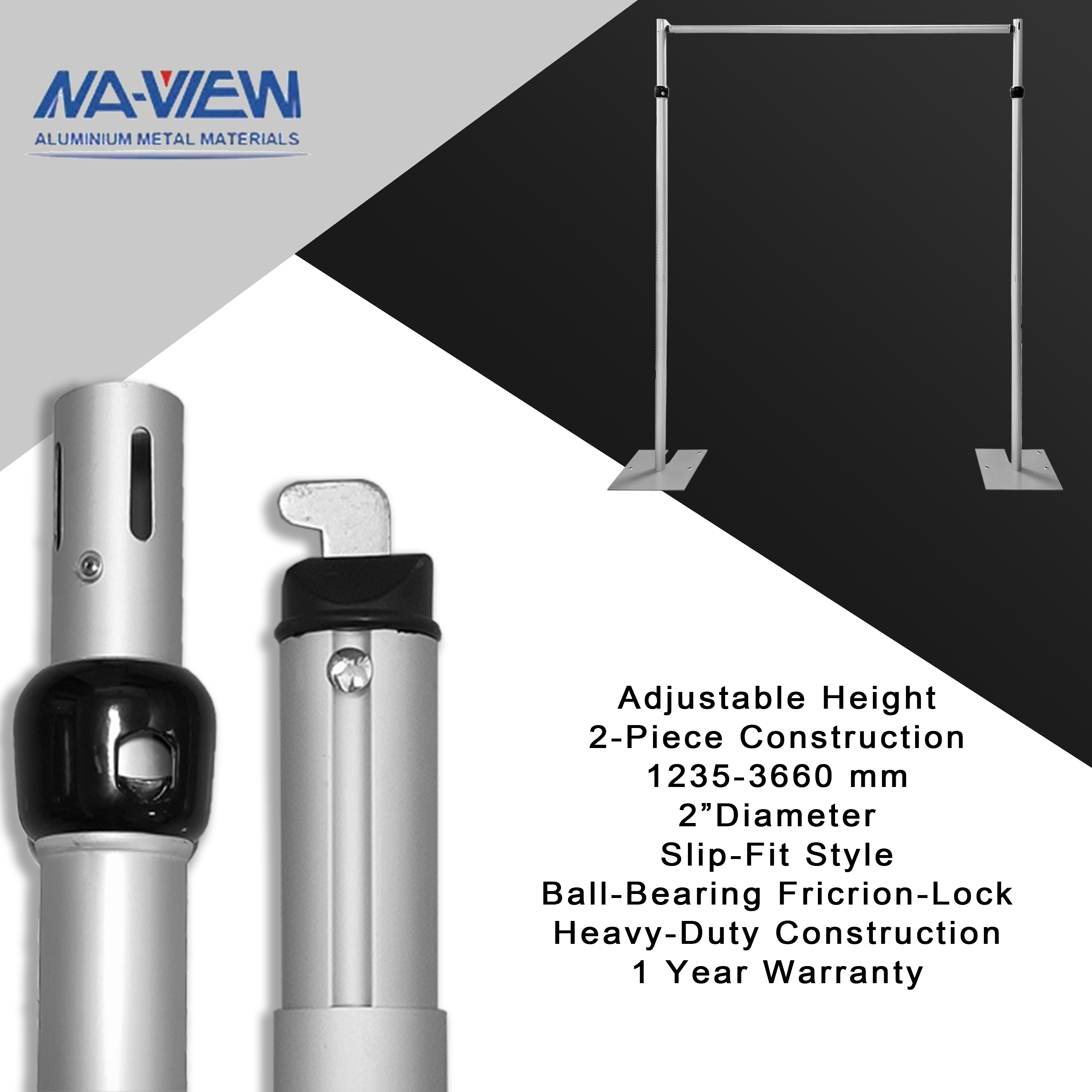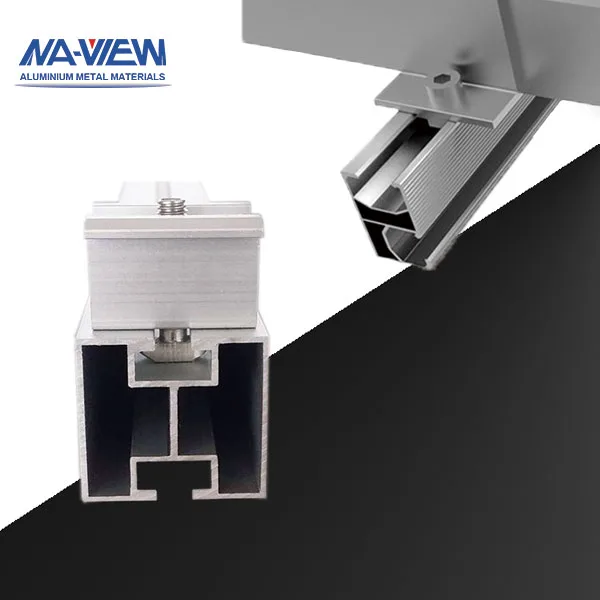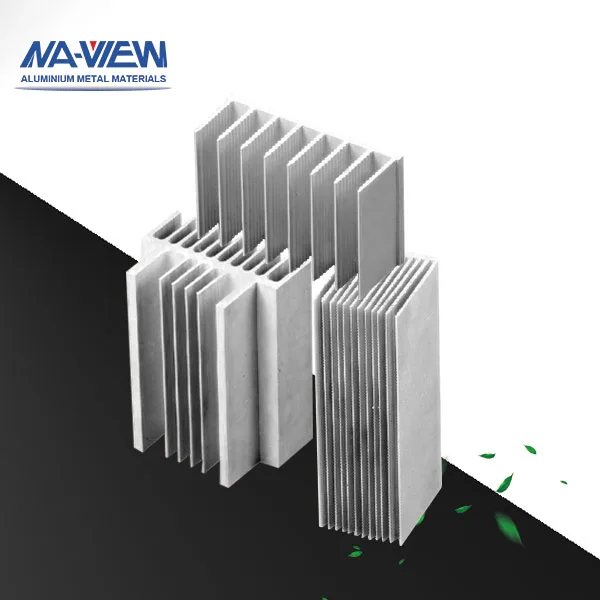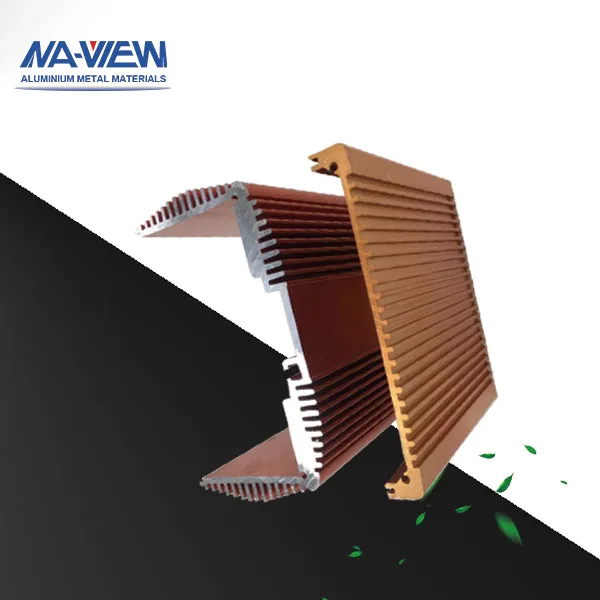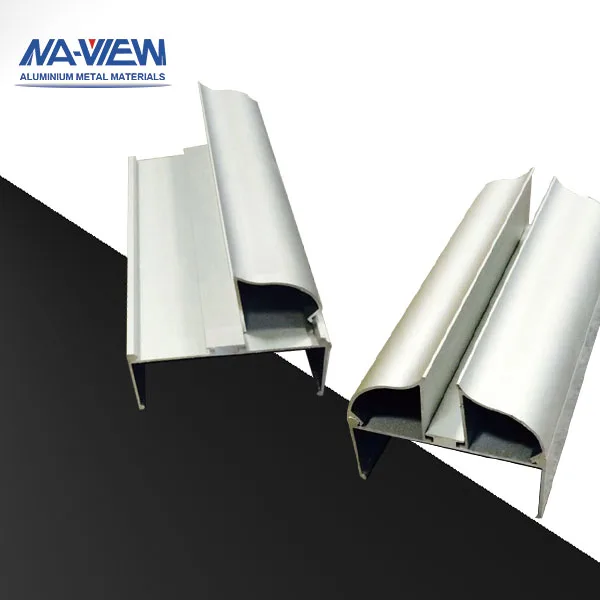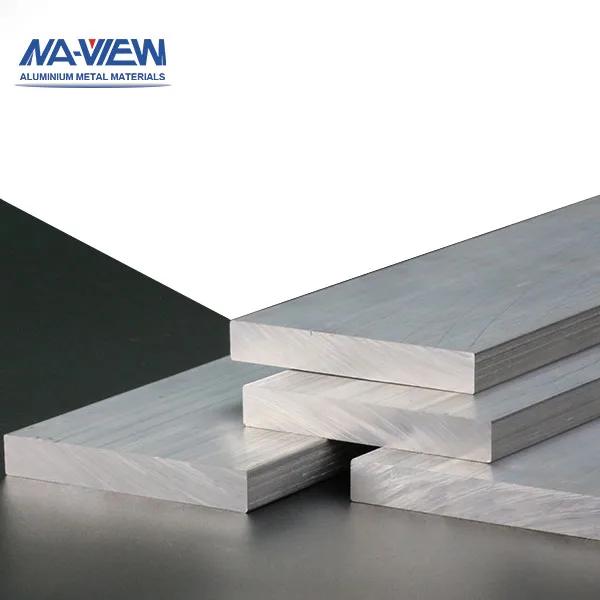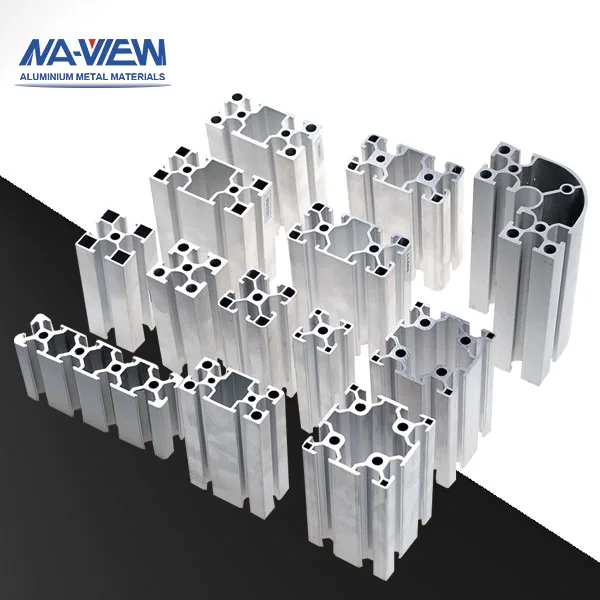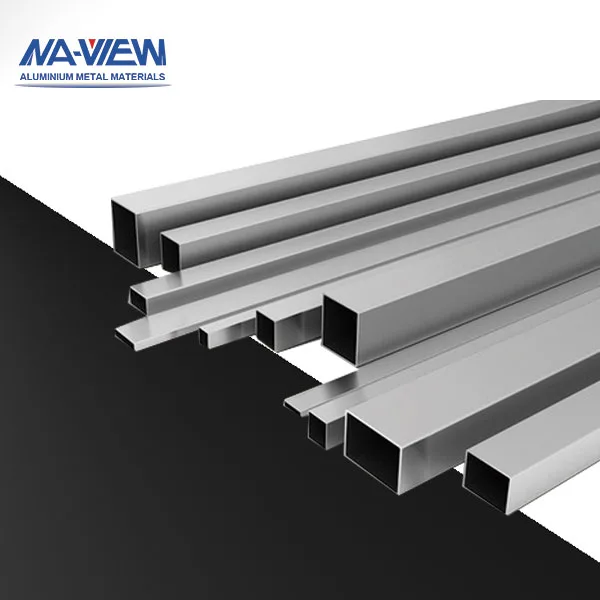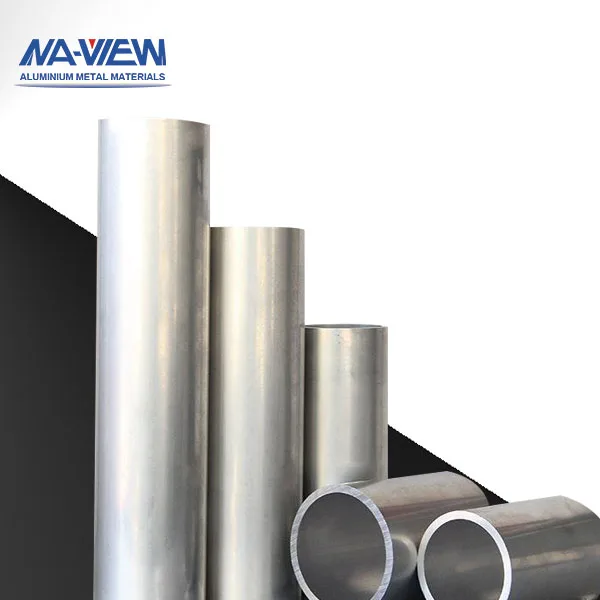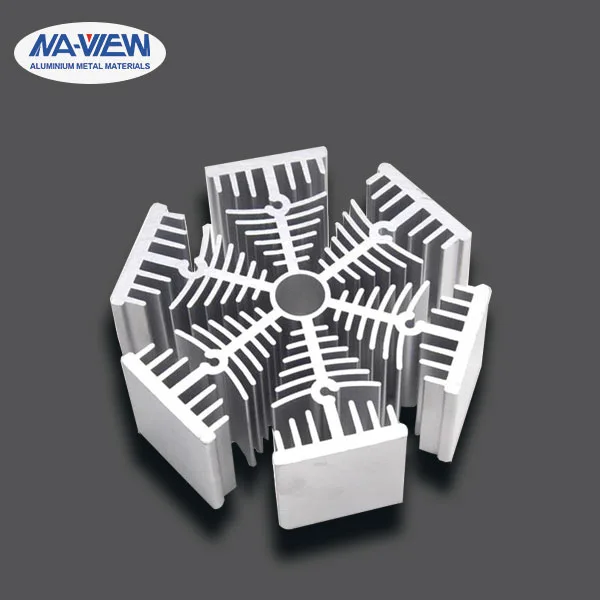
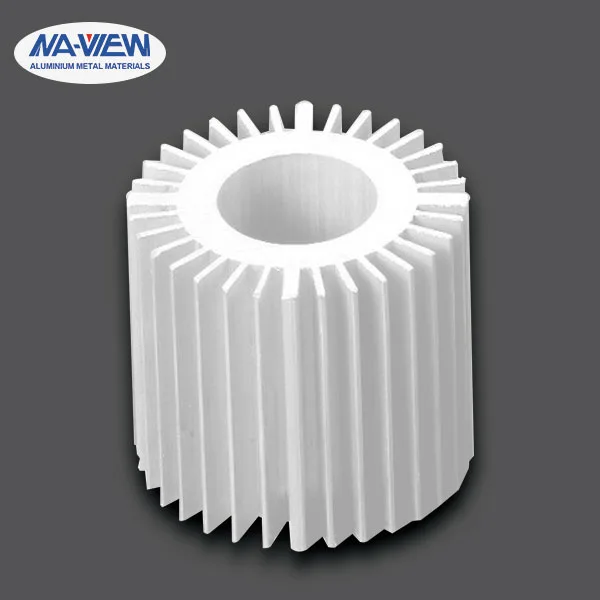
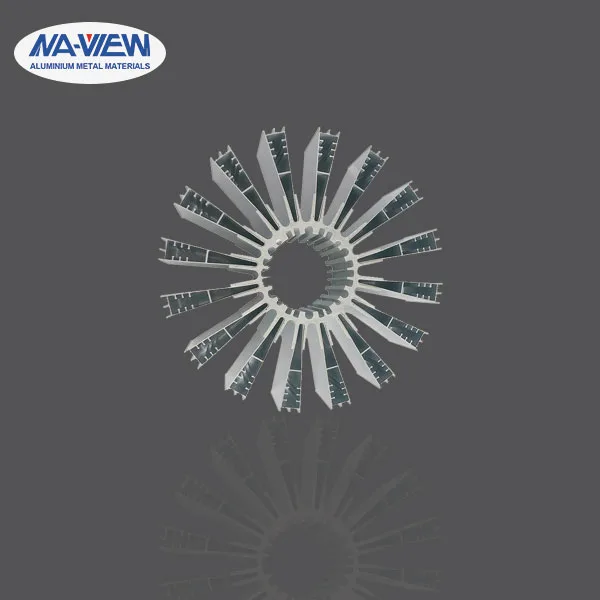
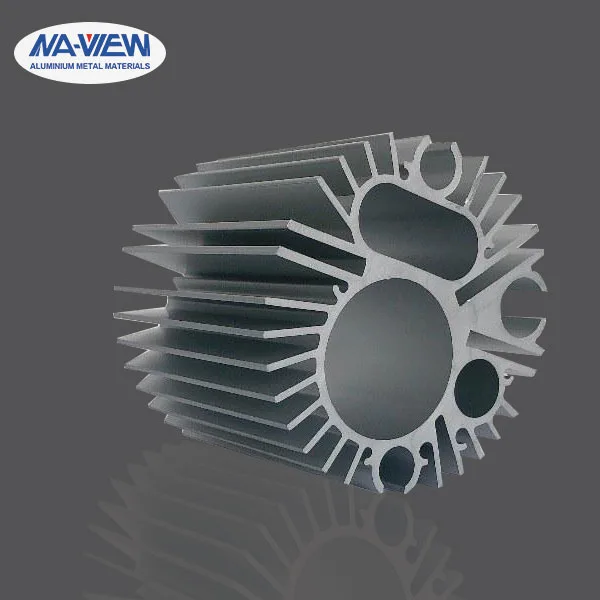
Heatsink Aluminium Extrusion
- Place of Origin: Foshan, China
- MOQ: ≥500KG
- Temper: 6063-T5 & T6, 6063A-T5 & T6
- Provide Personalized Customized Products
- Surface Treatment: Anodizing, Electrophoresis, Powder Coating, Polishing, Brush, Wood Grain, Fluorocarbon Coating, etc.
- Colors: Ref powder coating color sheet and customized color available.
- Length: Customize Length (3 – 6m)
PRODUCT Description
Domestic commonly used types of radiator aluminum profiles are: electronic, electrical, computer radiator aluminum profiles, sunflower aluminum profiles radiator, power semiconductor radiator profiles. Because of its superior performance, the aluminum radiator is widely used in machinery, automobile, wind power generation, construction machinery, air compressor, railway locomotive, household appliances, and other industries.
In our country, the radiator is more and more popular to use aluminum profiles, and mainly aluminum extrusion forming, this is because the extrusion forming blank size consistency is good, the production cycle is short, and the cost is relatively low.
Aluminum profile radiator is also called radiator aluminum profile or sunflower aluminum profile. Extruded aluminum heatsinks has the characteristics of beautiful appearance, light weight, good heat dissipation performance and good energy saving effect. The processed extruded aluminum heatsinks surface is anodized to increase the corrosion resistance, wear resistance and appearance of aluminum. The commonly used types of radiator aluminum profiles in China are: electronic, electrical, computer radiator aluminum profiles, sunflower aluminum profiles, power semiconductor radiator profiles, etc. Aluminum radiator is widely used in machinery, automobile, wind power generation, engineering machinery, air compressor, railway locomotive, household appliances and other industries because of its superior performance.
The extruded aluminum heatsinks has good heat dissipation and obvious energy saving characteristics.
LED heat dissipation technology was born in 2000. It is made of semiconductor light-emitting diodes. Its working principle is radiation combined with electroluminescence. It is the most common way of heat dissipation. Aluminum fins are used as part of the shell to increase the heat dissipation area. Generally speaking, if the heat energy generated by LED can not be exported, the junction temperature of LED will be too high, which will affect the product life cycle, luminous efficiency, stability, and the relationship between the junction temperature, luminous efficiency and life. Therefore, to improve the luminous efficiency of LED, the heat dissipation management and design of LED system has become an important topic, Its life and performance will be destructively affected. Aluminum extrusions for LED lighting is the most common and very good material to solve the problem of LED heat management.
In addition, the extruded aluminum heatsinks has good oxidation and corrosion resistance, without adding any additives. The principle is that once the aluminum encounters oxygen in the air, it will form an oxide film, which is tough and dense, preventing further corrosion of the body material.
The denser the material is, the better its thermal conductivity is. Compared with die-casting aluminum radiator, the intermolecular gap (lattice gap) of extruded aluminum radiator has been compressed and the density has increased greatly. However, die casting aluminum radiator is not extruded, and the molecules are relatively loose, so the density of die casting aluminum radiator is not as good as that of extruded aluminum radiator, so the heat dissipation capacity of die casting aluminum radiator is not as good as that of extruded aluminum radiator. The strength of extruded profiles is also high.
As a extruded aluminum heatsink manufacturer, we can provide customized extruded aluminum heatsinks made of Aluminium Extrusions For Led Lighting.
CONTACT US

Foshan Naview New Building Materials Co., Ltd.
We are always here offering customers our reliable products and service.
If you want to liaise with us now, please click contact us






